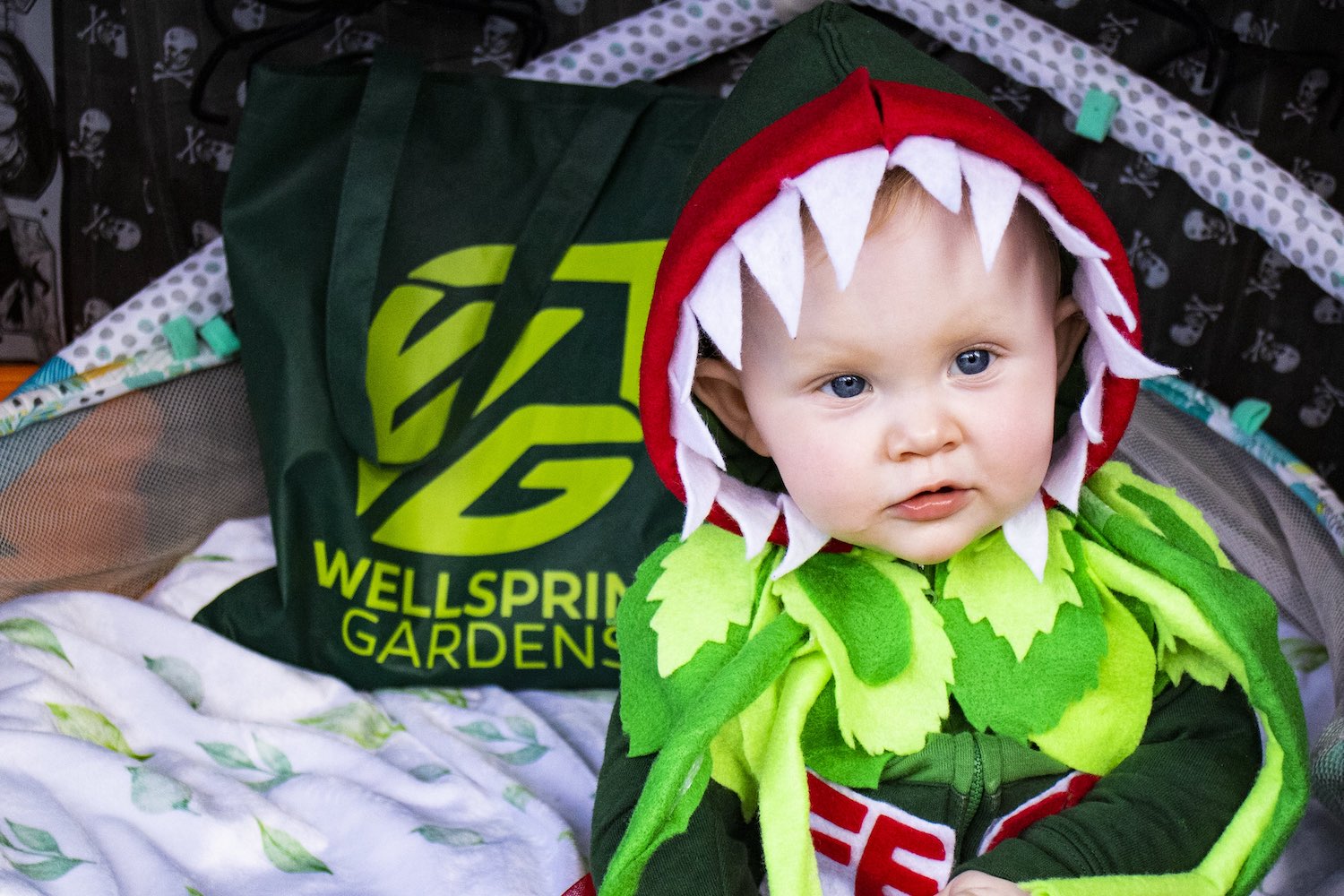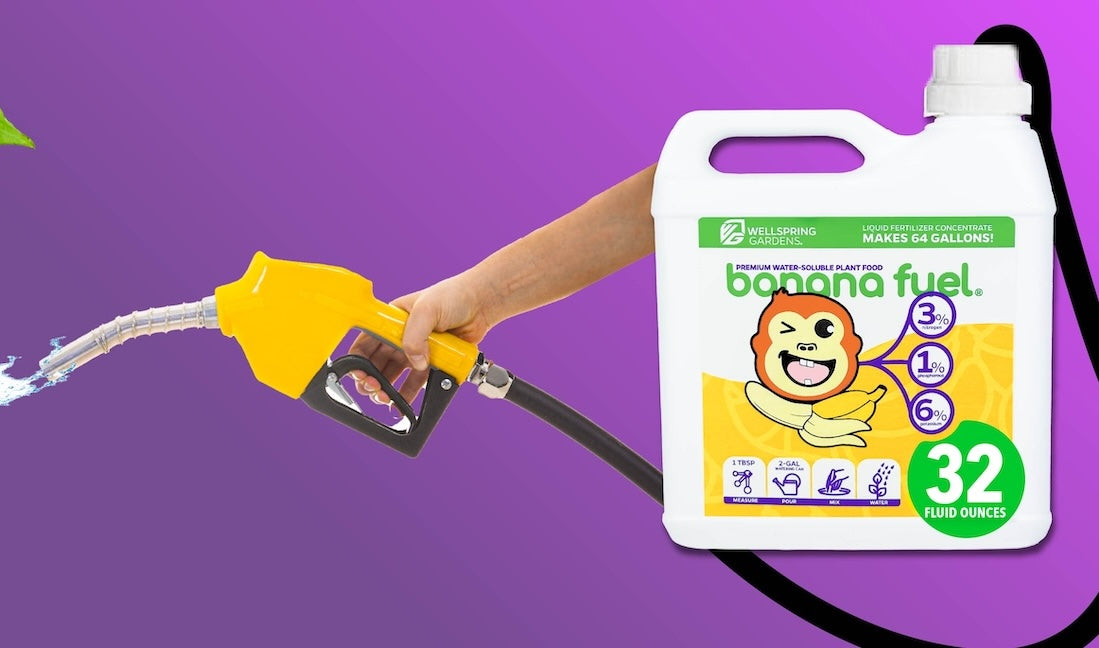Vanilla Care
Vanilla planifolia is grown around the world from Madagascar to Tahiti and everywhere in between. This worldwide plant star is hand-pollinated except in parts of Mexico where the Melipona bee--the only pollinator in nature--lives. Vanilla is one of the most rewarding plants to grow because, while the plant itself is easy to grow, the process of producing and preparing your own pods is a specialty hobby that turns your plant purchase into a plant experience. Once your vanilla blooms, it's fairly easy to pollinate it. Just watch carefully because each bloom remains open for just one day. Worried you might miss the window? Increase your harvest chances by planting more than one.
Vanilla Care Overview
- Growth habit: Vine that can grow 40-50 feet long outdoors or 10 feet indoors, perennial, hemiepiphyte
- Preferred climate: Humid, warm (80-90 degrees Fahrenheit)
- Light: Full shade
- Spacing: 5-10 feet apart
- Soil: Well-drained, medium moist, (sphagnum moss recommended)
- Watering: 4-5 times per week
- Fertilization: 20-20-20 once every 2 weeks during the growing season
- Pollination: Self-sterile (requires hand pollination)
- USDA hardiness zones: 10-11
- Dormancy: Goes dormant
- Winter care: Water less, protect from extreme temperatures
- Common pests: Snails, slugs
- Toxic to pets? No
Growth Habit
Preferred Climate
Vanilla loves warm
Light
Vanilla thrives in full shade. Choose the shadiest part of your yard or home to give your vanilla its most natural lighting environment.
Spacing
Provide 5-10 feet in between each plant. Remember, as hemiepiphytes (roots grow and attach to other things even without soil), vanillas need a little space to not get tangled into each other.
Soil
Vanilla prefers well-drained soil that is kept medium moist. You can use any well-drained potting mix or a blend of potting mix and sphagnum moss.
Watering
Water your vanilla 5-6 times per week while getting established, which will allow it to dry out somewhat between waterings.
Fertilization
All fertilizers contain three primary nutrients: (Nitrogen (N), Phosphorus (P), and potassium (K). Vanilla thrives with a balanced ratio of 20 Nitrogen (N), 20 phosphate (P2O5), and 20 potash (K2O) along with other micronutrients. We've got you covered with our all-purpose Fig Fuel, which contains that balanced ratio.
We recommend fertilizing every 14 days in the growing season (spring/summer). Vanilla is relatively slow-growing, so you'll want to give it a boost during the growing season. Once the cooler temperatures of fall and winter hit, you can take a break from fertilizing as your plant goes dormant.
Pollination
Once your vanilla blooms, you will have one day or less to for pollination. Vanilla blooms generally open in the morning and close by late afternoon. Increase your harvest chances by planting more than one.
Once the flower opens, take a toothpick and carefully pull the lower petal down to open the flower. On the upper petal, use your toothpick to pull aside the rostellum that sits in between the Stamen (male part with pollen) and the stigma (female part) Then press the stamen and stigma together gently with your thumb…. and done.
USDA Hardiness Zones
Can I grow vanilla where I live? What if I live in a cold place? No problem. If it can't grow outside in your area, Vanilla makes a great houseplant.
On our website, we list each plant’s USDA hardiness zone. The U.S. Department of Agriculture created the hardiness map to help gardeners identify the areas in which plants tend to grow well based on past average temperatures. On the USDA's site, you can enter your zip code to identify your hardiness zone. Vanilla is only hardy in zones 10-11 (coldest temperature = 35 degrees Fahrenheit). If you live outside the zone, you can grow it in a pot indoors.
Goes Dormant
Fall sweater weather, the scent of cinnamon brooms, and the flavor of pumpkin spice emanating from the kitchen all signal the beautiful autumn leaves 🍁 we all love turning from green to a crispy orange and yellow; we know that although the leaves have fallen, the trees are still alive and well; they’re just hibernating (in plant terms, going dormant) until the spring season brings a wellspring of new life.
Winter Care
Compare your city’s USDA plant hardiness zone with the plant’s to see how much cold your vanilla can endure 🥶. If you live outside the zone your plant is listed for, you’ll want to help it keep warm. The best way is to grow it indoors.
Your vanilla won't need as much water while it's dormant. Water lightly 2-3 times per week, allowing it to dry out somewhat between waterings.
Learn more in our Overwintering Guide.
Common Pests
Pests are not a huge problem for vanilla. Just watch out for snails and slugs, which are not any plant's friends.Toxic to Pets
Vanilla is not toxic to your furry friends.
FAQs
A piece broke off my vanilla. Will it still grow? Yes! A broken piece can root in just a few, short weeks. Just pot it like normal and it will be on its way to growing roots in no time.
Can I grow my own vanilla beans with both the regular and variegated plants?Yes, both plants produce vanilla beans. The difference is only coloration:
Vanilla planifolia is fully green while Vanilla planifolia variegata has variegated white stripes. Both are very closely-related and super cool plants. Whether you want brilliant green or a little color variation, you can't go wrong with either. the non-variegated type does tend to be a little hardier. Plus, sometimes the variegata's variegation fizzles out and the new growth is green. Either way, both are stunning orchids.
How Should I Care for My Vanilla After It Arrives?
Please give your Vanilla a little TLC after its journey through the mail 📬. Here are a few steps we recommend:
- Unwrap immediately to provide fresh air to the plant and soil.
- Wait a few days before exposing to full sunlight so your plant can adjust after being in a dark box for several days.
- Always protect from heat and cold because temperature extremes can be stressful or deadly for plants.
- Water. Your baby plant may be parched and even a little wilted but thorough hydration will help it recover.
- Grow out in a larger pot to increase your chances of success—i.e., a quarter gallon—Then transplant to the ground or the next pot size up once the roots fill to the bottom. This will help the plant get sufficient water and nutrients directly to the roots.
Learn more in our After Arrival Care Guide.
What Size Pot Should I Use?
We highly recommend growing your baby plant out in a larger pot 🪴 to increase your chances of success
You don’t have to repot immediately, but the sooner you do, the more room it has to grow.
Here are some general repotting tips:
- Start with a pot that's 1-2 inches larger in diameter than the starter-sized pot it came in. A pint or quart would be great.
- Lightly wrap sphagnum moss around the plant and place in the new pot.
- Transplant to the next pot size up once the roots fill to the bottom.
Learn more in our Repotting Guide.
Shop Vanilla
Start or continue growing your Vanilla collection with Wellspring Gardens. We offer the classic Vanilla planifolia grown worldwide, a variegated variation of the classic, and Sunshine State vanilla which is bred especially for production in Florida. All types produce the same vanilla pods we all know and love.
Happy planting! 🪴






